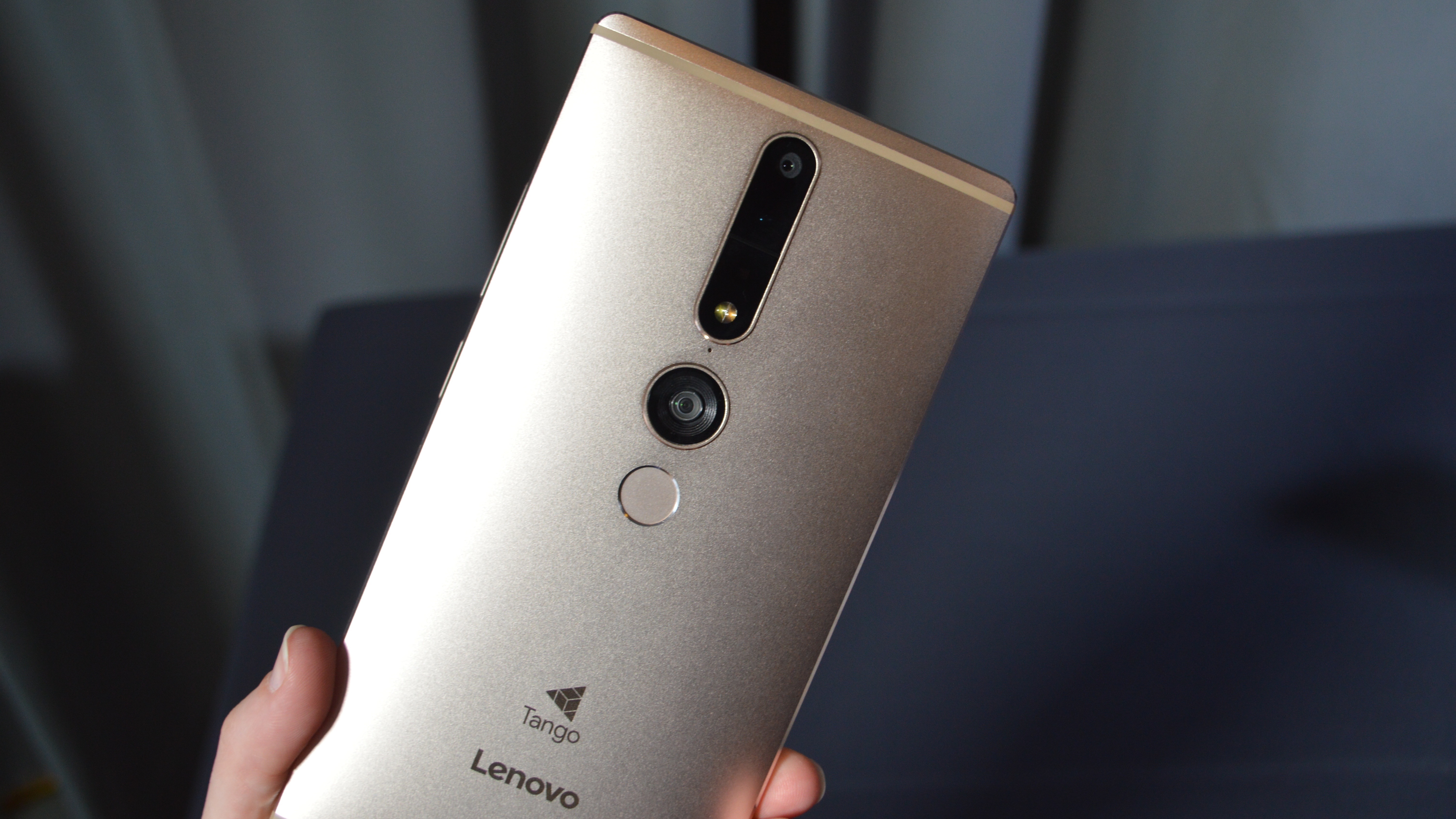You can now buy the first Project Tango phone
The Lenovo Phab 2 Pro is finally here

We’ve been hearing about Project Tango – Google’s augmented reality project – for a long time, but it’s no longer just a project, as the Lenovo Phab 2 Pro is finally available to buy, and it packs all the sensors required to use Tango.
It’s available right now from Lenovo’s site for $499.99 (about £410, AU$655), though there’s no word on a UK or Australian release date just yet.
For that money you get a phone with a massive 6.4-inch 1440 x 2560 screen, 4GB of RAM, a 16MP camera, a fingerprint scanner and a metal body, but just a middling octa-core Snapdragon 652 processor.
The real reason to buy the Lenovo Phab 2 Pro though is for its Project Tango skills. The phone has depth and motion-sensing cameras, along with area learning abilities, which allows it to fully map out 3D spaces and be aware of its position in them, leading to AR experiences that go way beyond what can be achieved on a normal phone.
Only as good as its apps
With the help of apps, the Phab 2 Pro could for example measure a wall, or place virtual furniture in a room of your house, to help you visualize how things will look.
It can also be used to provide detailed maps of indoor locations, delivering turn by turn navigation from a supermarket entrance to those jelly sweets you’re craving.
AR games could also benefit, going way beyond Pokémon Go – with creatures that can actually move towards you for example, and which have an awareness of the real-world environment that they’re projected onto.
Sign up for breaking news, reviews, opinion, top tech deals, and more.
There’s no shortage of apps and games either, with 35 Tango-enabled ones set to be available on Google Play from today.
- Google Daydream takes us even further from reality.
James is a freelance phones, tablets and wearables writer and sub-editor at TechRadar. He has a love for everything ‘smart’, from watches to lights, and can often be found arguing with AI assistants or drowning in the latest apps. James also contributes to 3G.co.uk, 4G.co.uk and 5G.co.uk and has written for T3, Digital Camera World, Clarity Media and others, with work on the web, in print and on TV.